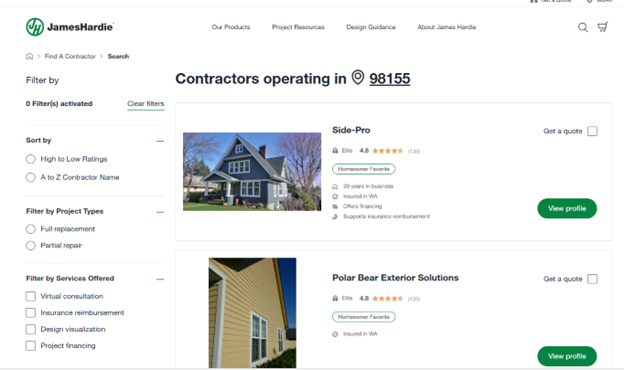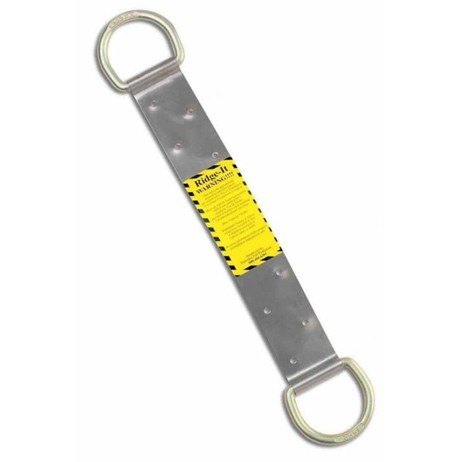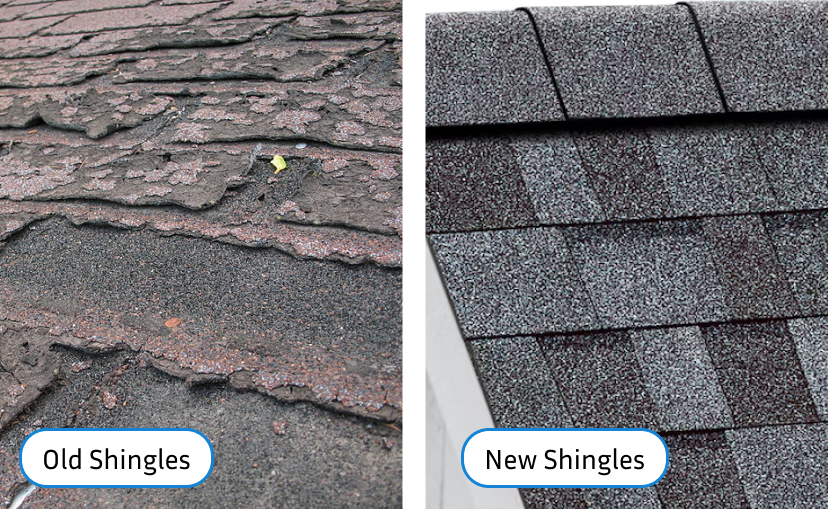It can be confusing to identify exactly why proper installation matters—of course it does, but how, exactly? What is the difference between a good installation and a bad installation, and how can you tell if you’re not in the industry?
Obviously you can’t micromanage the contractors who are installing your siding or roofing project. You hired contractors to make sure they would do their job well!
So it begs the question: What can you do as a homeowner to ensure that your siding or roofing is being properly installed? And why is it so important to pay a reputable contractor for a proper installation?
The answer: it all lies in the warranty. By checking contractor certifications, not only can you ensure that your home’s roofing and siding is protected for years to come but also get the best available warranty.
So, where do you start?
Manufacturer Certified Contractors Are the Best Value
The best way to ensure your siding or roofing is installed correctly is to hire a contractor that the manufacturer trusts.
Here’s an example. James Hardie is a renowned siding manufacturer that has a special directory of contractors near you. James Hardie is a reputable siding manufacturer—one of the top in the industry.

Caption: Screen capture of James Hardie Contractor Locator.
With three specially identified contractor tiers (Elite, Preferred, and Select), James Hardie evaluates the company’s work and quality before giving them this distinction. In our case, Pacific Exteriors is a James Hardie Elite Preferred Contractor, which means we deliver high-quality customer care consistently.
A well-known manufacturer in the roofing industry, Owens Corning, has an additional perk: contractors certified by Owens Corning offer a better warranty than contractors without.
The three tiers at Owens Corning are, from highest to lowest: Platinum Preferred, Preferred Protection, System Protection, and Standard Product Limited Lifetime Warranty. The first three all require the contractors to be certified by Owens Corning as excellent installers, while the last one is the standard warranty with all products through Owens Corning.

Caption: Owens Corning warranty.
Here’s an example: if a Platinum preferred contractor installs your roof, workmanship coverage is promoted to limited lifetime coverage based on the age of your roof. With the standard product, System Protection, and Preferred Protection contractors, you receive no warranty or a 10-year maximum.
Avoid the Risk of Non-Certified Contractors
It can be tempting to choose the lowest bid—your home is already an expensive asset, not to mention siding can be a pricey project. However, choosing the lowest bid frequently means less security for you in the future.
In the James Hardie ColorPlus® Technology Warranty (as of August 2025), James Hardie specify some things that could void your warranty completely:
“This Limited Warranty does not cover damage or defects resulting from or in any way attributable to: (a) The improper storage, shipping, handling or installation of the Product, including, without limitation, failure to install the Product in compliance with applicable, published James Hardie installation instructions and applicable building codes.”
A lot of is reliant on your contract, and the document goes into further detail on how much the warranty doesn’t cover, much of which stems from contractor error.
So when you hire a contractor that not only you trust, but also the manufacturer, it gives you more benefits and peace of mind about your project.
If you decide to go with a non-certified contractor, preemptively protect yourself by checking different review sites. From the classics, like Google and Yelp, to more contractor specific sites like Angi and Thumbtack, you should know how their previous projects have gone.
If It’s Not Your Warranty, It’s Your Home Itself
Aside from warranty-related problems, there are an abundance of structural problems that can immediately affect your home with an improper siding installation.
- The presence of mold, mildew, or rot. Like we said earlier, mold, mildew, or rot is some of the worst news a homeowner can hear: and over 60% of the country has experienced a mold issue. It usually means a big bill—maybe even a total demolition—is on its way. Preventing water from getting anywhere into your home will ensure you don’t have to start this costly project.
- Water damage to your belongings at home. Let alone having to redo your carpet and interior walls, you’ll have to think about other expensive and infrequent purchases like furniture, mattresses, electronics, and more. The average cost of restoration can range anywhere from $1,300 to $5,600.
- More expensive utility bills. If your siding is damaged, it could be letting more of the elements into your home without your realizing. You might turn up the heat or use a dehumidifier without realizing what the root of your problem is.
- Affecting the appearance of your home. Damage to your siding can make your home look less attractive from far away, which could become a hefty problem if you live in an HOA or other strict property.
Choosing a Certified Contractor Pays Off
A proper roofing or siding installation can be hard to monitor, especially when you’re not within the exteriors industry. However, by doing thorough research and selecting a contractor that will suit your present and future homeowner needs, you can not only protect your home and wallet, but your resale value with a protective warranty.
Now that you understand the benefits and drawbacks of going with a certified contractor, learn more about different financing options for your siding or roofing project or what to look out for when you have a couple of bids in front of you.
Subscribe to Pacific Exteriors LLC's Blog






Comments